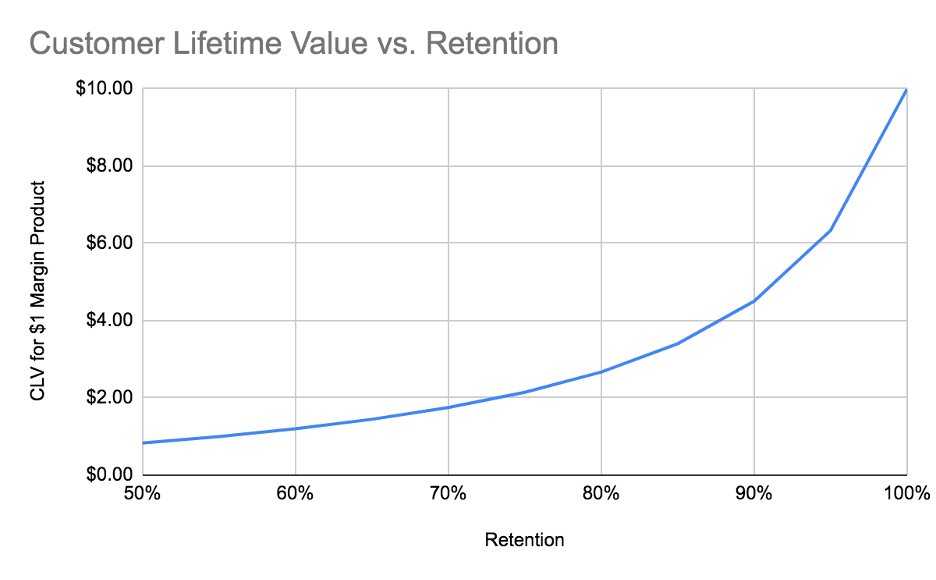4 Ways to Leverage Customer Feedback
For businesses making data-based decisions, one type of data stands out: customer feedback. Understanding the customer experience reveals your product’s strengths and weaknesses and is critical to informing strategy.
In 2017, a Swedish sofa retailer turned to consumer data to solve a conundrum in its showrooms. In response to morning sales significantly outshining afternoon and evening sales. Executives installed Happy or Not Terminals – touchpads with smiley, neutral, and frowny faces – to see if customer feedback could pinpoint what morning employees might be doing differently. The feedback showed morning customers were more satisfied. The issue wasn’t morning sales after all, but that evening sales should have been even higher. Executives added evening employees, and revenues at the store increased.
The story demonstrates the value of incorporating customer feedback to improve offerings. While there are many ways to measure customer satisfaction, the most effective methods will be consistent, actionable, and widely shared within the company.
Let’s dive into how feedback can be turned into impactful ideas for improving your business.
Updating your Products and Services
Back when Dell Computers was just a baby called PCs Limited, Michael Dell began a weekly feedback sharing that helped turn the company into an empire. On Thursday afternoons, employees turned in lists of problems, complaints, and suggestions from the week. Michael presented the patterns and trends to employees in a Friday meeting known as “the hour of horror” where they would brainstorm solutions to the most impactful of these issues. These feedback sessions were instrumental in the development of the early PC.
Reviewing feedback helps businesses identify key patterns, both good and bad. On one hand, repeat complaints, issues, or error reporting helps identify both low hanging fruit to improve on and potential critical issues. Positive feedback also plays a critical role, providing insights for marketing materials as well as motivation for your team in the form of kudos. Together, the mix of positive and negative feedback can inform effective updates to your product or service.
1. Customer Feedback Increases Retention Rate
The next use for customer feedback is improving customer retention and repeat purchasing. It’s easy to understand why retention rate matters to a business. Yet many underestimate the magnitude of its impact for businesses. As the chart below shows small increases in retention can lead to large increases in Customer Lifetime Value. Customer feedback plays a crucial role in unlocking the next level of customer retention and improving your margins.

How can feedback improve retention 5-25%? Consider a subscription cancellation process.
By gathering feedback during cancellation about why your customer is canceling, your business can present offers that turn around their experience. A user who cancels due to price might be offered a discount that keeps them around. A user who complains about the feature set could be eligible for a free upgrade.
When utilizing these feedback channels, it’s crucial to acknowledge and appreciate customer input. To ensure a professional and appreciative tone, it’s essential to conclude your communication with the best email sign off you can think of, expressing gratitude for the feedback received.
Consider a user subscribed to your email list who decided to unsubscribe because they weren’t receiving enough promotions. You can stop them in their tracks with a discount or free gift on their next purchase. Feedback allows businesses to tweak offerings and improve retention.
The same principles can apply for repeat ordering when gathering post-purchase feedback. Future offers can incorporate information gathered at the feedback point. As products become better tuned to customer needs, retention improves and revenues skyrocket.
2. Customer Feedback Improves Customer Support
There are three main type of customer feedback – all of which can play an important role in improving product offerings.
Given Feedback is unsolicited and takes place on customer support tickets, social media, and reviews. You don’t go looking for this feedback, it finds you.
Requested Feedback comes from sending email or giving pop-up surveys to customers asking for a review on your product or service. You control the timing and nature of these requests.
Observed Feedback takes place on social media channels or off your website. It can be both positive and negative and is totally out of your control. This reflects your product’s reputation.
Maintaining customer feedback channels can require its own team if the product is large enough or be folded into customer support, as support representatives are most likely to receive feedback directly from customers. Advice from this feedback can generate ideas that drive more sales, grow your email list, build brand awareness, and more depending on business objectives.
Thanks to technology, there are more channels than ever for collecting customer feedback. New tools like live chat on your website can enable you to quickly capture and respond to customer feedback, even outside of normal business hours. While there are many ways to gather customer feedback, these are a few of the most successful:
- Customer survey form
- Phone calls to customers
- Live chat
- Case studies
- Customer relationship management reports
- Social media
3. Customer Feedback Streamlines the User Experience
Customer feedback plays a critical role in informing improvement to the customer experience. Regardless of your product, feedback can help you improve the customer experience throughout their journey. This starts with how customers discover your product and become customers.
Creating a website that’s easy to navigate leads customers where they need to go. With consumers doing more with their mobile phones, effective websites need to work seamlessly across devices. Listening to customer feedback and observing user behavior on your website helps you make smart decisions about what content to create, products to promote, and tactics for growing your brand.
While UX design is an art that takes time to master, the following principles can help simplify and improve your website UX.
- Compress images
- Regularly test site speed
- Incorporate plenty of white space
- Optimize for mobile users
- Use appropriate headings and subheadings
4. Customer Feedback Inspires Content Curation
The next place to incorporate user feedback on your website is in content creation. A feedback cycle can help you tailor content on your blog and email newsletter that is both engaging and informative, driving the user through the purchasing decision. Statistics like views, bounce rate, and time on page can help you assess engagement as well as comments, likes, and shares on social media posts of that content.
Additionally, customers may be segmented based on feedback to serve personalized content along the sales journey. Highly-engaged customers will enjoy more of the same content, while experimentation can engage less responsive users.
Tying it all Together
To run a successful business, it’s imperative to listen to feedback from your website visitors and customers. The information, both positive and negative, helps you streamline your marketing strategies, optimize your website, provide useful customer support, and improve your products and services. What your customers say about your brand determines how well it performs. If you use their feedback constructively, you’re guaranteed to see positive, fruitful results.
Perfect products are not built overnight. Great ones, however, evolve incrementally based on feedback from their users. At Align, we always Beta test new product features and gather feedback from real customers before releasing them to everyone. Whatever your product is, listening to customers can help your business grow too.





